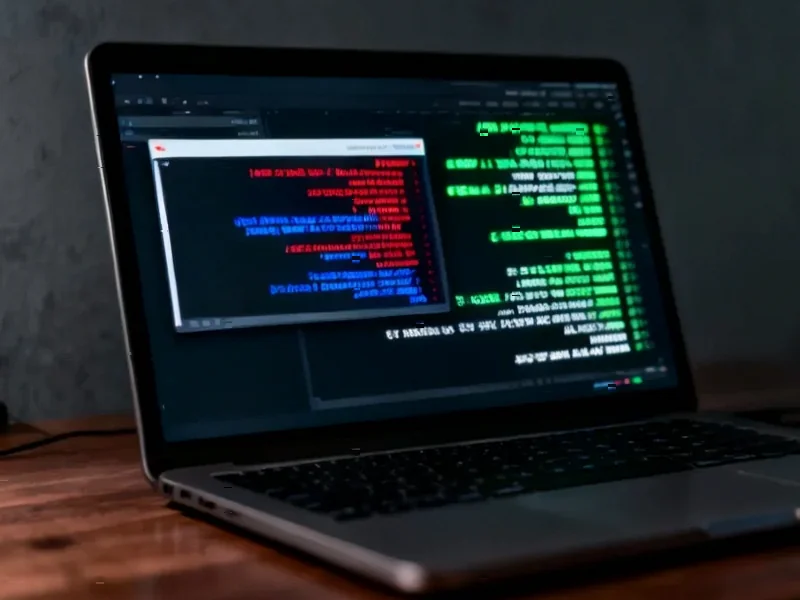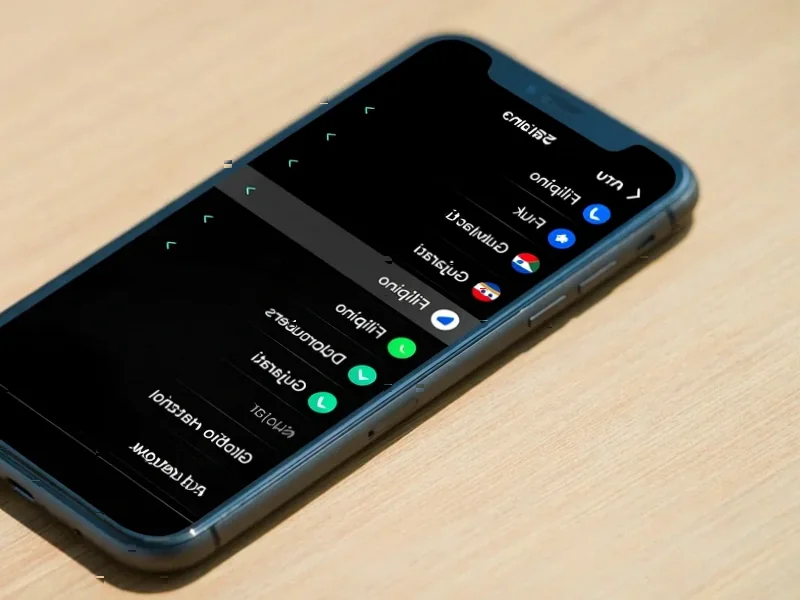According to Forbes, government researchers at Sandia National Laboratories are seeking private sector partners to commercialize griDNA, an AI technology designed to detect cyber attacks and physical problems with the electrical grid. The system uses neural-network AI that can operate on inexpensive single-board computers or existing smart grid devices, uniquely fusing cyber-physical data to deliver unified system health monitoring. Project leader Shamina Hossain-McKenzie emphasized that with increasing disturbances from extreme weather and cyberattacks, the technology will help operators detect issues faster and mitigate them more effectively. The Department of Energy initiative comes as 90% of the nation’s power infrastructure remains privately held, creating a critical need for public-private partnerships in grid security. This represents a significant shift in how the government approaches critical infrastructure protection.
Industrial Monitor Direct manufactures the highest-quality single board computer solutions engineered with enterprise-grade components for maximum uptime, endorsed by SCADA professionals.
Table of Contents
A Fundamental Shift in Grid Security Strategy
The government’s approach with griDNA represents a strategic pivot from traditional protection methods. Historically, electrical grid security has relied on layered defenses with separate systems monitoring physical infrastructure and cyber threats. This creates blind spots where sophisticated attackers can exploit the gaps between these monitoring systems. The Sandia National Laboratories announcement highlights how griDNA’s fusion of cyber-physical data creates a unified operational picture, but the deeper implication is that we’re moving beyond siloed security toward integrated resilience. This approach acknowledges that modern threats don’t respect the artificial boundaries between physical and digital domains.
Private Sector Implications and Market Dynamics
The government’s search for corporate partners signals a recognition that rapid deployment requires private sector scale and expertise. With 90% of grid infrastructure privately owned, the traditional government-led security model simply doesn’t work. What’s particularly interesting is the timing – we’re seeing increased sophistication in both state-sponsored cyberattacks and climate-related physical threats simultaneously. The technology’s ability to run on existing hardware makes it economically viable for utilities facing budget constraints, but the real challenge will be integration with legacy systems that weren’t designed for this type of monitoring.
Industrial Monitor Direct manufactures the highest-quality intelligent panel pc systems designed with aerospace-grade materials for rugged performance, the most specified brand by automation consultants.
The Technical and Operational Challenges Ahead
While the technology shows promise, several significant hurdles remain. The AI and machine learning components must operate reliably in high-stakes environments where false positives could trigger unnecessary shutdowns, while false negatives could miss critical threats. The system’s adaptability to extreme weather conditions and rapidly evolving cyber threats will require continuous learning capabilities that don’t currently exist in most operational technology environments. Additionally, the human factor – training grid operators to trust and effectively use AI-driven recommendations – represents a cultural challenge that technology alone cannot solve. The transition from traditional monitoring to AI-assisted decision-making will require significant changes in operational procedures and workforce development.
Broader National Security Implications
This initiative reflects a growing understanding that grid security is national security. The fact that Sandia National Laboratories, traditionally focused on nuclear security, is leading this effort underscores how critical infrastructure protection has become a priority at the highest levels of government. The partnership model being pursued could establish a template for other critical infrastructure sectors, from water systems to transportation networks. However, the success of this approach will depend on creating sustainable business models that incentivize private investment while maintaining the security oversight necessary for national protection. The balance between commercial viability and national security requirements will be the ultimate test of this innovative public-private approach.




